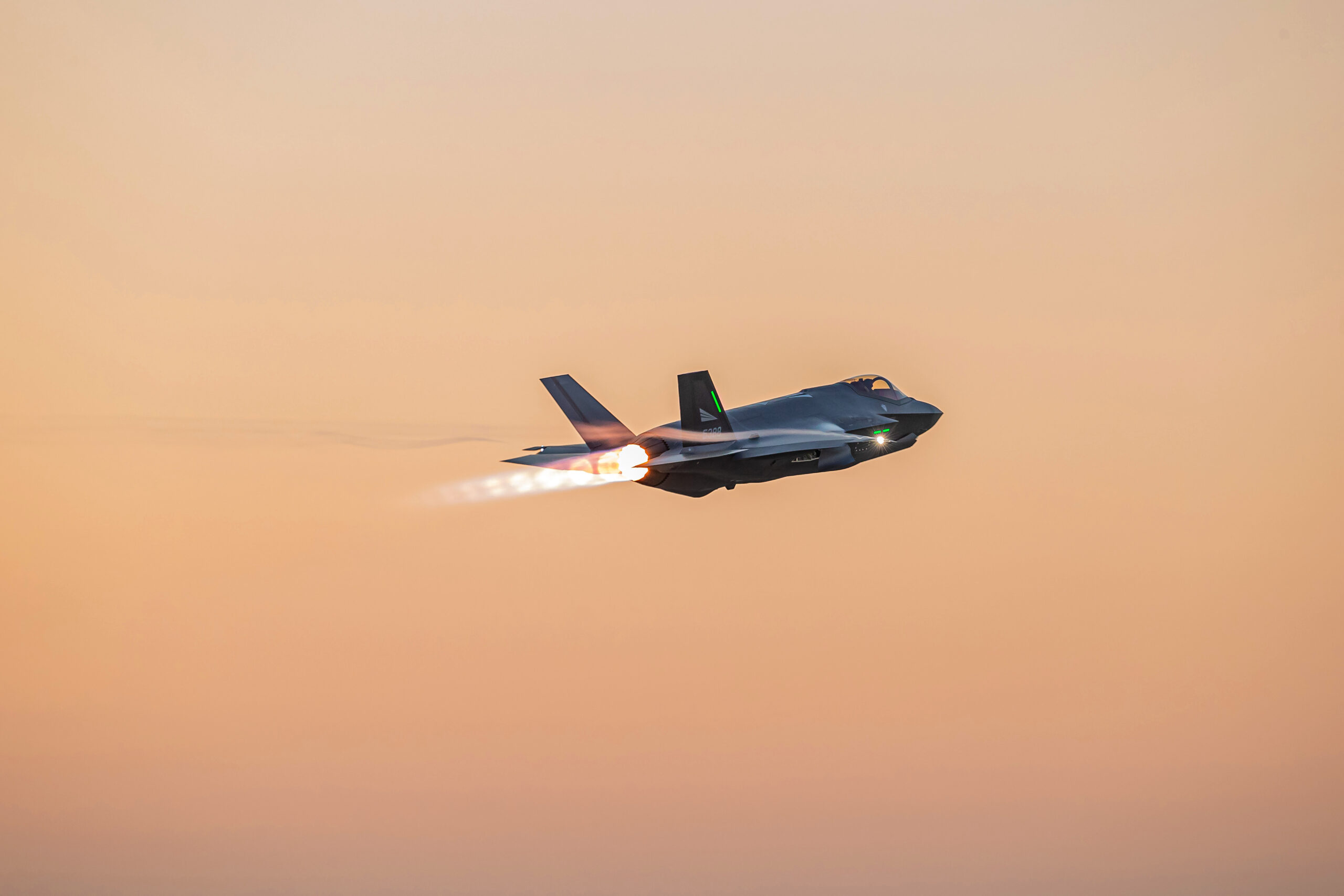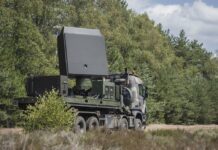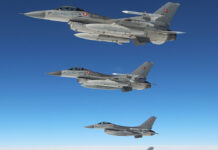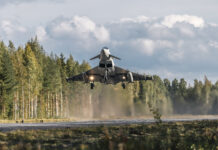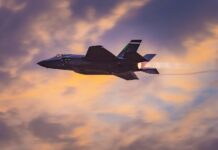The air force commanders of the four Nordic countries in mainland Europe have signed a letter of intent on a plan to operate as a single air force.
The agreement was signed at a meeting in mid-March 2023 at Ramstein Air base in Germany involving the air force chiefs of Norway, Sweden, Denmark and Finland that was also attended by General James B Hecker, commander of US Air Forces in Europe and Africa and commander of NATO’s Allied Air Command.
News of the accord was first reported by the Norwegian newspaper Aftenposten on 23 March.
“This will be a formidable force that will act as a deterrent to any aggressor and provide security for the Nordic population,” head of the RNoAF, Major General Rolf Folland, was quoted as saying by Aftenposten. “We can clearly see that Russia is willing and able to use military force against its neighbours. As close neighbours of Russia, it is therefore important to build an overall capability that an aggressor like Russia will have to take into account,” he added.
Regarding when the plan is to be put into operation, Gen Folland said, “We will be well on the way to integration by the winter of 2024. A milestone along the way will be the ‘Nordic Response 24’ exercise, which will be co-ordinated from the Air Operations Centre at Reitan near Bodø.
“A joint air operations centre is part of our plans and a prerequisite for operating as a unified unit,” Gen Folland explained to Aftenposten. “This will initially be a Nordic operations centre, but will have the potential to develop into an Arctic unit with more players in the picture.”
Combining their combat air fleets will give the Nordic air forces a force of around 243 mostly fifth-generation fighters in a few years’ time, with the combined fleet eventually being a mix of Lockheed Martin F-35A Joint Strike Fighters and Saab Gripen C/D/E/Fs.
The Finnish Air Force (Ilmavoimat) operates a fast jet combat fleet of Boeing F/A-18C/D fighters, of which around 55 F/A-18Cs and seven F/A-18D conversion trainers remain in service. However, in February 2022 Finland ordered 64 F-35As, which are scheduled to be delivered between 2025 and 2030.
The Royal Danish Air Force (Flyvevåbnet – FLV) is in the process of transitioning from a fast jet combat fleet of 30 Lockheed Martin F-16AM and 13 F-16BM fighters to a fleet of 27 F-35As, which should start arriving in country from this autumn.
The Royal Norwegian Air Force (RNoAF) currently operates at least 34 F-35As delivered since 2015 and has a programme of record for 52 F-35As to be operational by 2025.
The Swedish Air Force (SwAF), meanwhile, currently operates a mix of Saab Gripen C/Ds and new-generation Gripen E/Fs. Once the 60 Gripen E/Fs on order have been delivered, the SwAF will retain 40 upgraded Gripen C/Ds for a total fleet of 100 Gripens.
As well a combined combat air fleet, the Nordic air force accord also envisions joint exercises and common support, logistics, training and planning.
Co-operation will also apply in areas such as surveillance, maritime patrol, helicopter operations, radar coverage and air defence.
Flexible use of each others’ bases across national borders is an important measure to protect aircraft during a conflict by being unpredictable and mobile, according to Per Erik Solli, a defence analyst at the Norwegian Institute of International Affairs (Nupi) quoted by Aftenposten. Experience from Ukraine and previous conflicts has shown that this is a very effective protection measure, said Solli, adding that the establishment of a Nordic air operations centre, joint situational awareness and sharing of radar data would also be important.
Peter Felstead


